A simple southern peach iced tea recipe that's not too sweet and perfectly peachy. It's so easy to make and very refreshing on hot summer days!
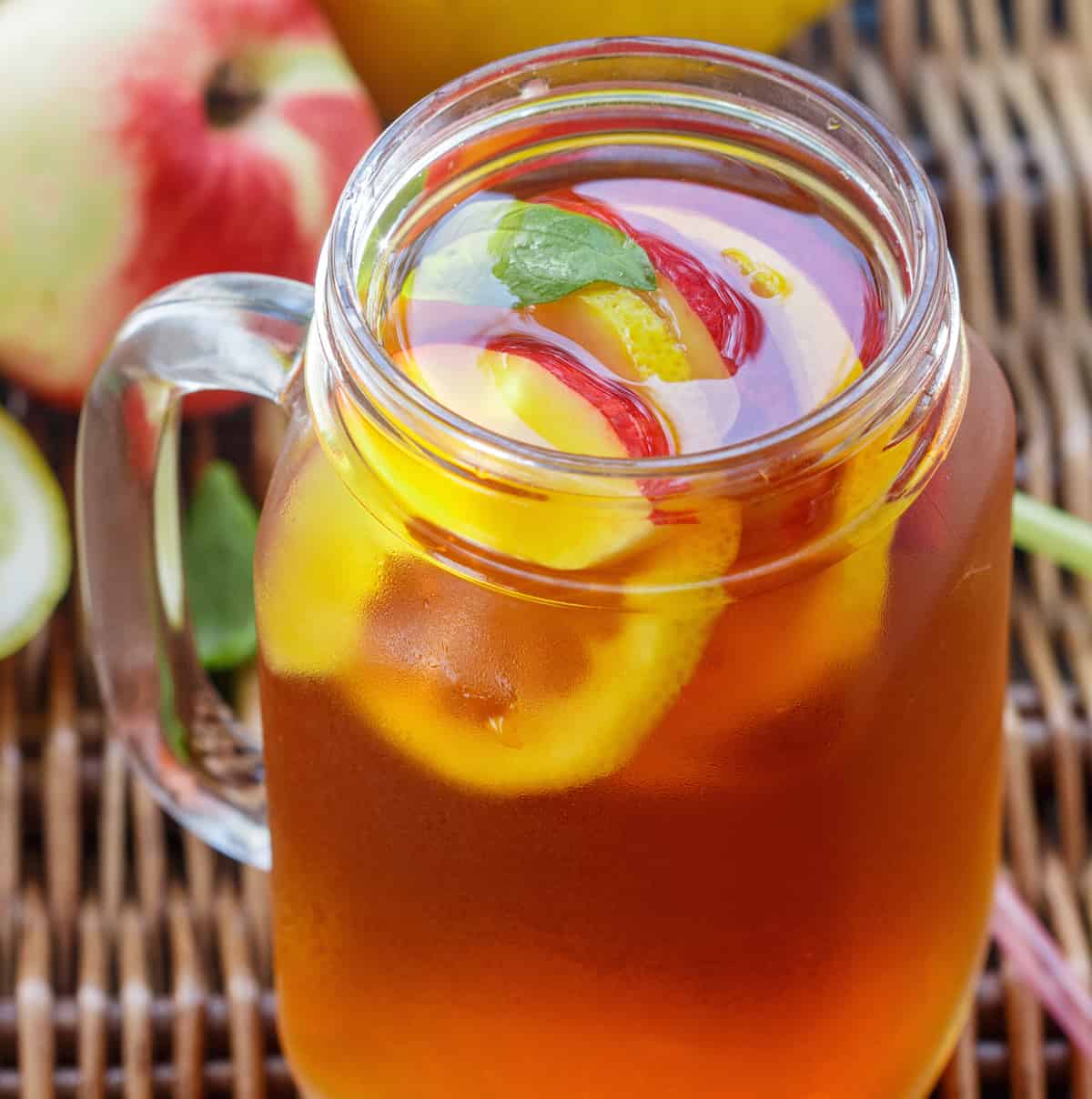
Peach tea is the quintessential taste of summer. There’s no better way to drink peach tea in the summertime than over ice. If life is better with tea, summer is better with peach iced tea!
My family drinks iced tea by the gallon all year round, usually sweetened. But in the summertime, when I start adding fruits to the iced tea, I tend to lessen the sugar a little bit. Fresh fruit is sweet enough.
How Do You Make Peach Iced Tea From Scratch?
This peach tea recipe is a true classic. For a more robust flavor, use peaches in season. The trick is to wait until they are very ripe. That’s when they are sweet, juicy, and most flavorful.
In addition to brewing your favorite black tea, all you need to do is add pureed peaches to the brew.
You might be tempted to use a low-quality supermarket tea, but don't do it. You'll be disappointed with the results. Even though fruit is added, you still taste the tea.

Shades of Earl Grey - $19.95
from: Firebelly Teas Inc.
You also might be tempted to use store-bought peach nectar as a shortcut or store-bought peach juice instead of fresh pureed peaches. Maybe you think no one will know you added store-bought juice, but you're cheating yourself from all the delicious flavor and nutrients gained from using fresh and whole foods. The more food is processed, the more nutrients are lost.
I like to use a Nilgiri or Ceylon black tea blend. Nilgiri and Ceylon teas yield bright and brisk liquors. A light and smooth black tea blended perfectly for iced tea, which is what is intended. Nilgiri high mountain teas tend to be very forgiving - they do not turn bitter if over-brewed.
The art of the brew is learning how to balance these flavors just right. The fruit flavor should complement the tea flavor and not overpower it.
Pro Tips:
- Use fruits in season. They are usually tastier, fresher, and more nutritious.
- Don't use poor-quality tea. Always use the freshest and best quality tea you can afford.
- Add lemon juice.
Adding lemon juice is another little trick I like to use. You don’t need much; just a little lemon juice will do.
Why lemon juice?
If the peach flavor is a little too mellow, the lemon juice will make the peach flavor just a little bit brighter. Lemon juice is an underlying flavor, making your other flavors the star. For a sweeter orangey-lemon flavor, you can use Meyer Lemons.
Gourmet Peach Iced Tea Tips
This recipe is very simple. Homemade iced tea with fresh peach is tastier than an artificially flavored peach tea bag or a Lipton peach tea. Follow these tips for a top-notch gourmet Peach Iced Tea:
- Use high-quality loose leaf tea. Using a Nilgiri or Ceylon black tea makes a very nice iced tea as it lends itself to flavoring very well.
- If using the Nilgiri tea, you can brew it for 5-10 minutes.
- When making iced tea, use more tea leaves than you would for hot tea.
- A splash of lemon juice gives the flavor a real edge. It really makes all the difference.
- Use a fine mesh chinois to strain the peach juice. You will achieve better clarity in your peach iced tea.
- Yields: 1 pound of peaches is about 4-6 peaches or about 2 ½ cups sliced.

How to Make Peach Tea
Recipe

Best Peach Iced Tea
Ingredients
- 1 pound peaches
- 7 cups water
- 8 heaping tsp. Nigiri black tea (17 - 18 grams)
- ¾ cups pure cane sugar
- ¼ cup fresh squeezed lemon juice
Instructions
- 1 pound ripe peaches, pitted, skinned and cut into wedges.
- Put all peaches in a blender. Add 1 cup of water. Blend together until smooth.
- Bring the remaining 6 cups of water to a boil. Remove from heat.
- Add tea leaves and steep for 5-10 minutes.
- Remove tea leaves.
- Add the sugar to the tea while it's hot to dissolve.
- Strain peach juice and add. You can use a fine strainer.
- Add the lemon juice.
- Stir all together and pour through a fine mesh strainer.
- Garnish with lemon, peach, and basil. Serve chilled over ice and enjoy!
Notes
- Use fruits in season. They are usually tastier, fresher, and more nutritious.
- Don't use poor quality tea. Always use the freshest and best quality tea you can afford.
- Add lemon juice.
- Use high-quality loose leaf tea. Use a Nilgiri tea making a really nice iced tea as it lends itself to flavoring very well;
- If using the Nilgiri tea you can brew it for 10 minutes. When making iced tea, use more tea leaves than you would for hot tea.
- A splash of lemon juice gives the flavor a real edge. It truly makes all the difference.
- Use a fine mesh chinois to strain the peach juice. You will achieve better clarity in your peach iced tea.
- Yields: 1 pound of peaches is about 4-6 peaches or about 2 ½ cups sliced.
Nutrition
Clingstone vs Freestone Peaches
The early part of the season produces Clingstone Peaches. Then the Semi-Freestone peaches are ready to be harvested. Finally, the Freestone peaches are collected.
Basically, Freestone refers to a peach with a stone (pit) easily removed from the flesh. The flesh is not attached to the stone and doesn't need to be cut to free the stone. Freestone varieties are best for making homemade peach tea when removal of the stone is done by hand.
Clingstone refers to a peach with a stone (pit) not easily removed from the flesh. The flesh is attached strongly to the stone and must be cut to free the stone from the peach.
Clingstone varieties tend to be more tender and juicy throughout. Sometimes they are preferred for jams and general eating. They make delicious peach iced tea.
- 15 Classic Iced Tea Recipes
- 10 Best Online Tea Shops
- 6 Steps to Make The Best Iced Tea
- Insanely Delicious Strawberry Iced Tea
Peach Tea Benefits
Peaches are high in vitamin C, potassium, and flavonoids. Peaches are also a good source of fiber. They contain beta-carotene, which the body converts to vitamin A.
Vitamin C helps to form collagen, important for healthy skin and fights free radicals. Peaches are also high in beta-carotene, which is associated with cell repair.
Are Peaches High in Potassium?
One large peach has approximately 333 mg or 10% of the recommended daily allowance. Potassium is a micronutrient and is critical to the fluid and electrolyte balance in the body.
Potassium is necessary for the function of the heart and nervous system. Potassium deficiency has been linked to chronic fatigue and high blood pressure.
Flavonoids have antioxidant effects. Antioxidants are known to help keep blood pressure down, combat inflammation, fight cancer, and prevent heart disease.
For more information about the health benefits of peaches, this article by Medical News Today, Peaches: Health Benefits, Facts, Research has some good information.
Are Peaches In Season Near You?
It’s a fairly quick internet search to find the fruits in season in your area. As a general guide, all your berries come into season during the hot summer months and melons in late summer.
Seasonal fruits are allowed to ripen naturally under the sun making them healthier for you and less expensive. These tools will help you find which fruits are grown where you live:
- The United States — This is an awesome seasonal food guide to search by state and time of year to see what produce is in season.
- Canada — This online guide shows you when fruits and vegetables are in season.
- Australia — This online seasonal food guide shows you which fruits are in season by region with a listing of farmers' markets.
- The United Kingdom — This online resource tells you what foods are in season each month.
Northeast Seasonal Fruits and Vegetables
For a basic guide to which fruits are in season, see the chart below. This is for the northeastern United States.
- Apples - July through October (cold storage until spring)
- Blueberries - July and August
- Cantaloupes - August and September
- Cherries - July
- Cranberries - October through December
- Melons - July through October
- Nectarines - August and September
- Peaches - July through September
- Strawberries - June
- Raspberries- July through September
- Plums - August and September
- Strawberries - June
- Watermelons - August through October
NEW TO TEA? START HERE >>




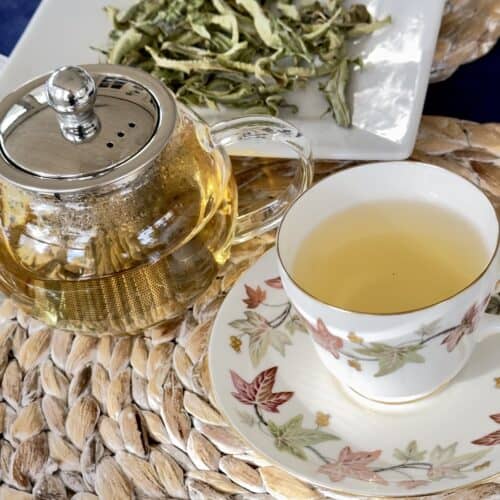
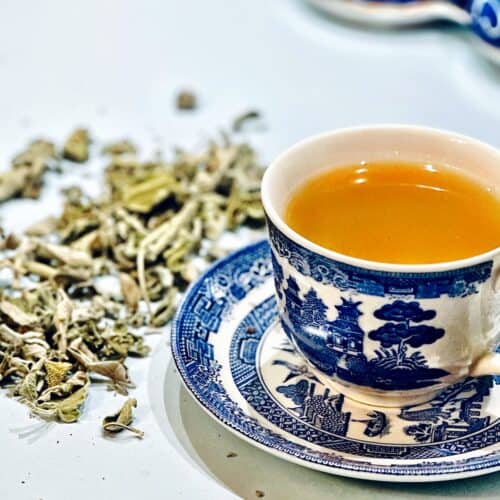
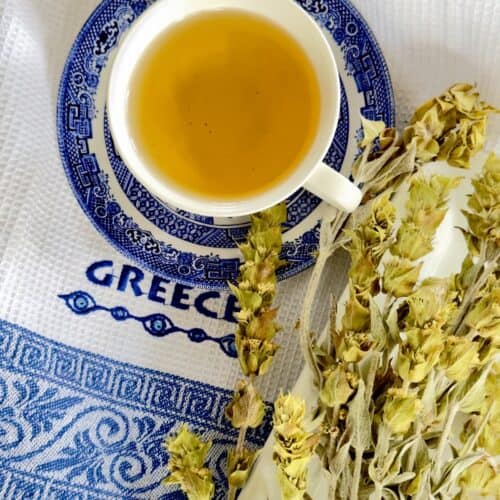
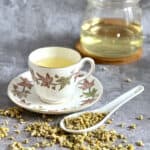
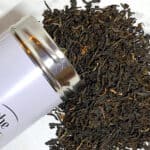
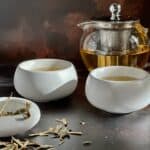
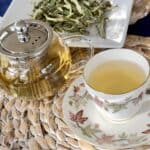


Chai
Looks delicious.
Jordan M.
Very nice recipe and easy. Thank you.
Donna
I love peach iced tea. This is a great recipe!
Tracy M
This recipe is amazing! Most southern tea recipes are way too sweet for me. But I made this yesterday and it's just the right amount.